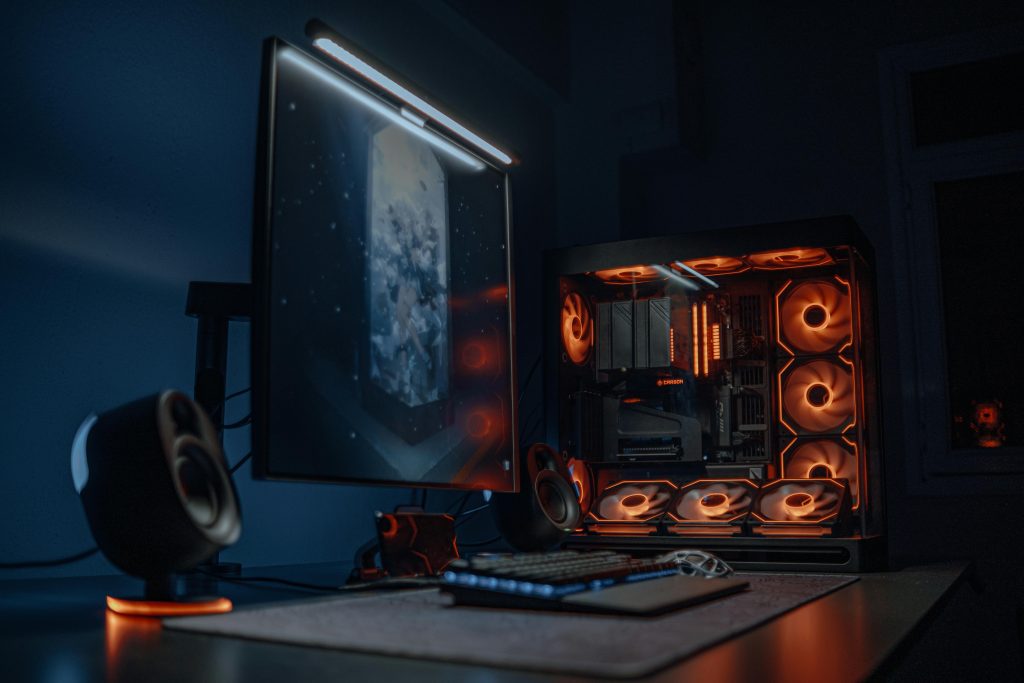Understanding and Troubleshooting the ‘No Signal’ Issue on Your PC Monitor
Encountering a ‘no signal’ message on your PC monitor, especially after the system was functioning properly just a few weeks prior, can be perplexing. While these issues are common, they often stem from a variety of factors ranging from hardware connections to component failures. Below is a comprehensive guide to diagnosing and resolving this problem, tailored for users with moderate technical experience.
Scenario Overview
Your setup involves an older desktop PC featuring a GTX 7x series graphics card, 8GB RAM, and an Intel Core i5 processor. The system has been operational and connected to a monitor without issues for the past year. Recently, you disconnected the PC, stored it away, and now, upon attempting to power it on, the monitor displays a ‘no signal’ message.
Initial Observations and What is Working
- The PC powers on and operates normally in terms of fans and lights.
- The monitor and cables were tested on a different device (Lenovo ThinkPad), confirming they function correctly.
- The system was working fine before disconnecting.
Troubleshooting Steps You’ve Already Tried
- Swapping HDMI cables.
- Using DVI (or similar) connections.
- Re-seating or reinserting the graphics card.
- Testing with multiple monitors and input sources.
- Confirming the monitor’s functionality by testing with a different computer.
Given these efforts, the issue hints at deeper possible causes, which are explored below.
Common Causes and Solutions for ‘No Signal’ Problems
1. Graphics Card or Integrated Graphics Issues
While you mentioned using a dedicated GPU (GTX series), these cards can sometimes encounter problems due to hardware aging or minor faults.
Suggested Actions:
– Check GPU Seating: Power down the machine, unplug it, and carefully re-seat the graphics card into its slot.
– Test with Onboard Graphics: If your CPU or motherboard supports integrated graphics, remove the dedicated GPU and connect the monitor to the motherboard’s video output. If the display works, the issue may lie with the GPU.
– Inspect for Physical Damage: Examine the GPU for signs of damage or dust buildup and clean if necessary.
2. Monitoring and Cable Connections
Although you’ve tested different cables and inputs, ensure the following:
– Use high-quality, known-good HDMI or DVI cables.
– Confirm the correct input source is selected on your monitor.
– Try
Share this content:



